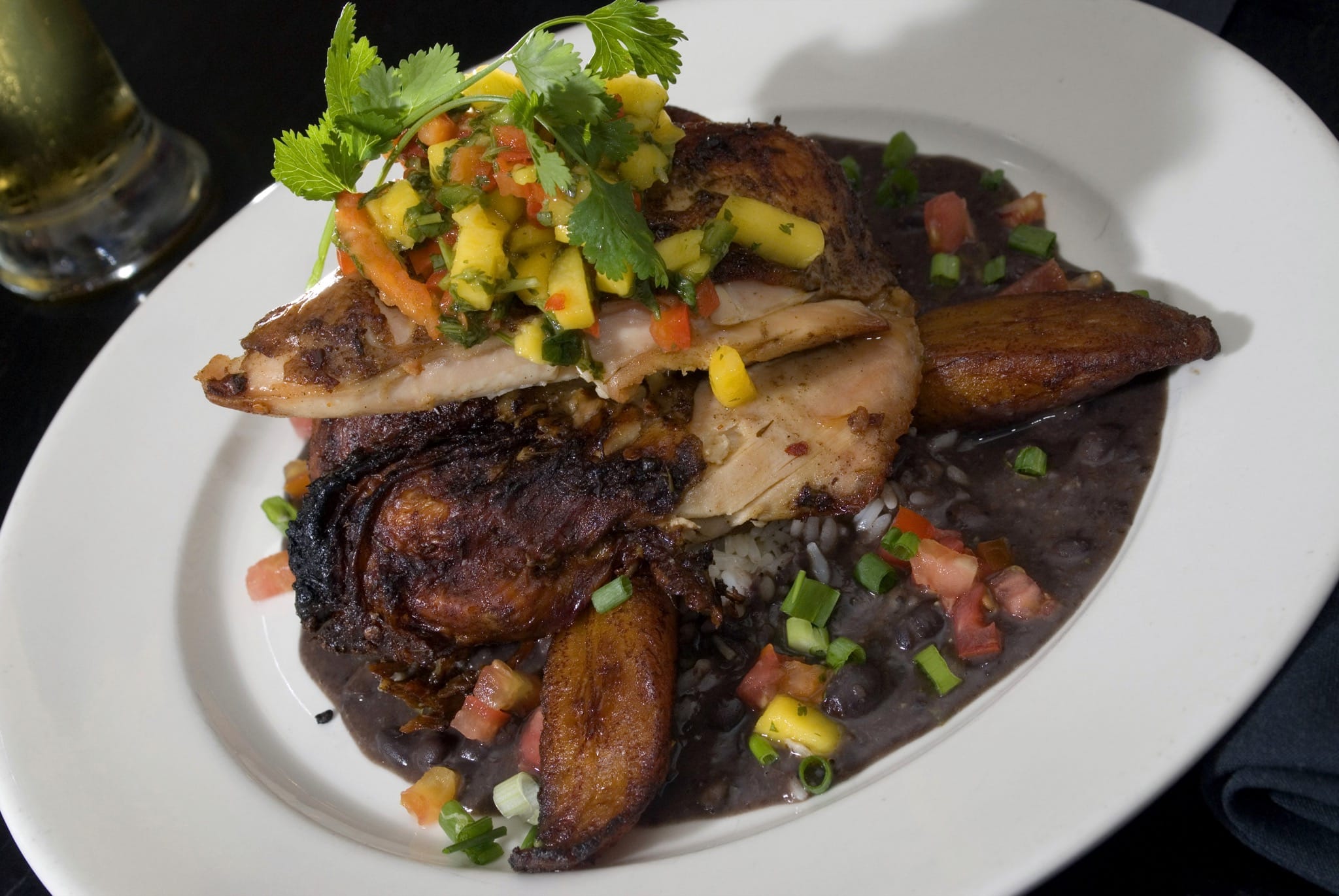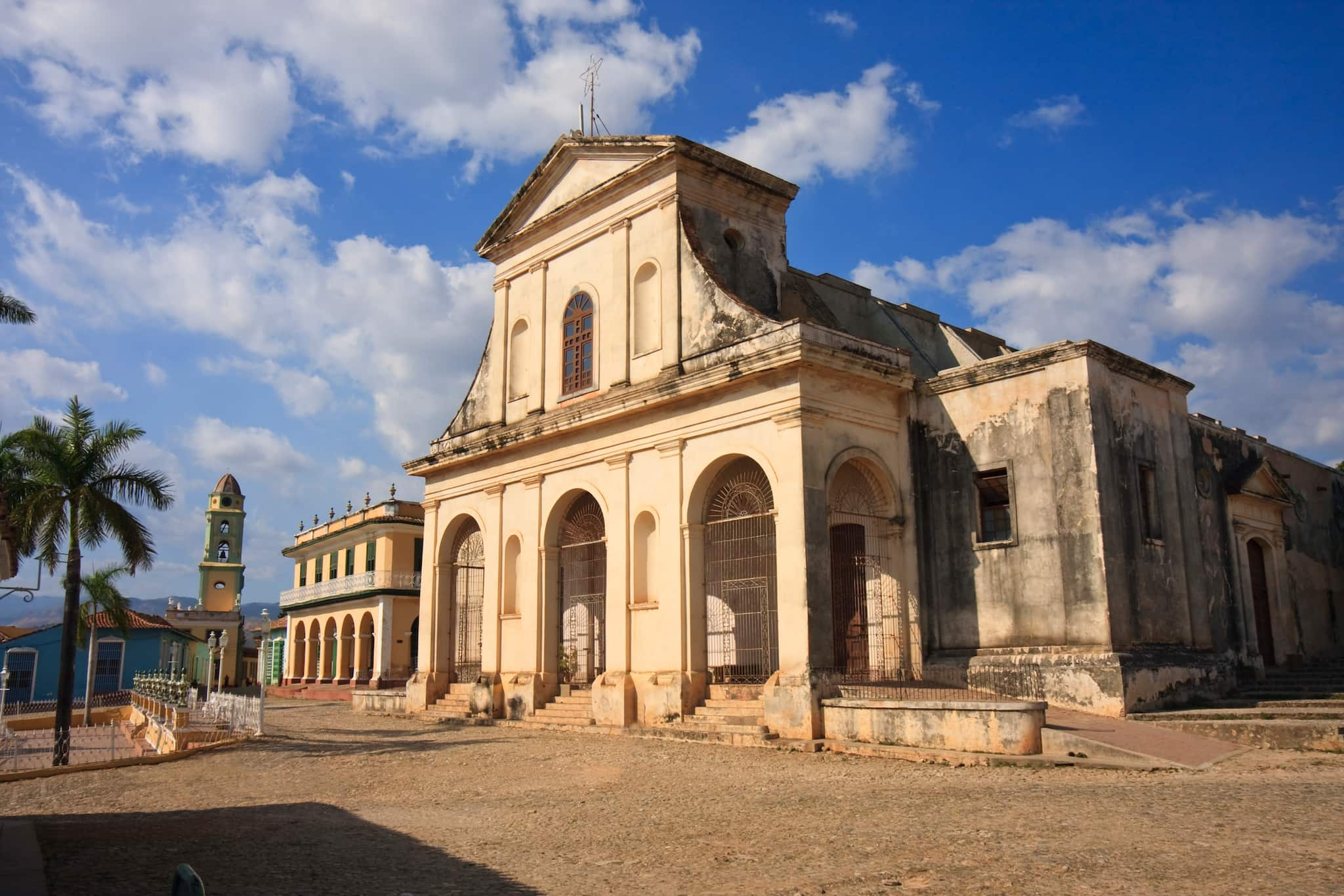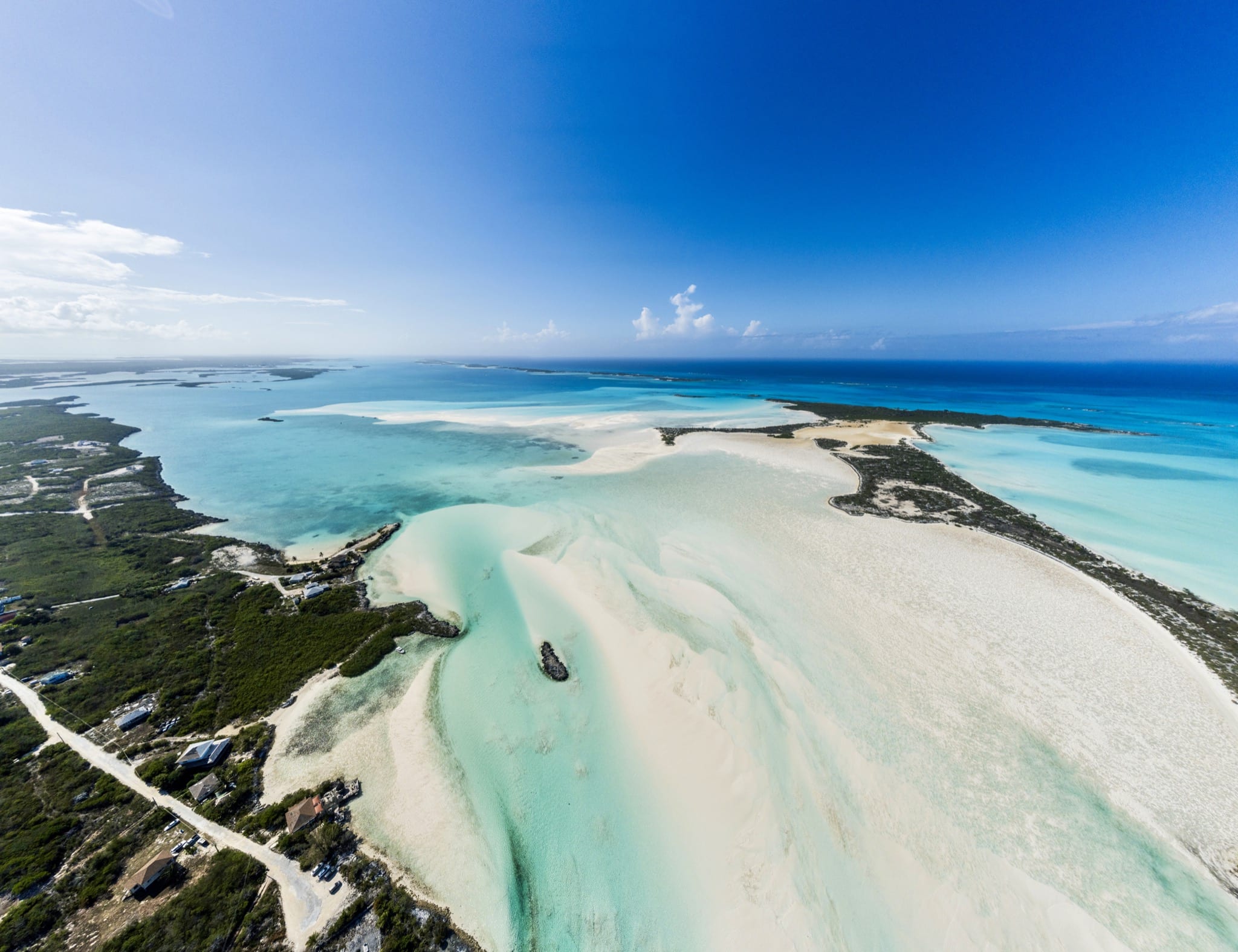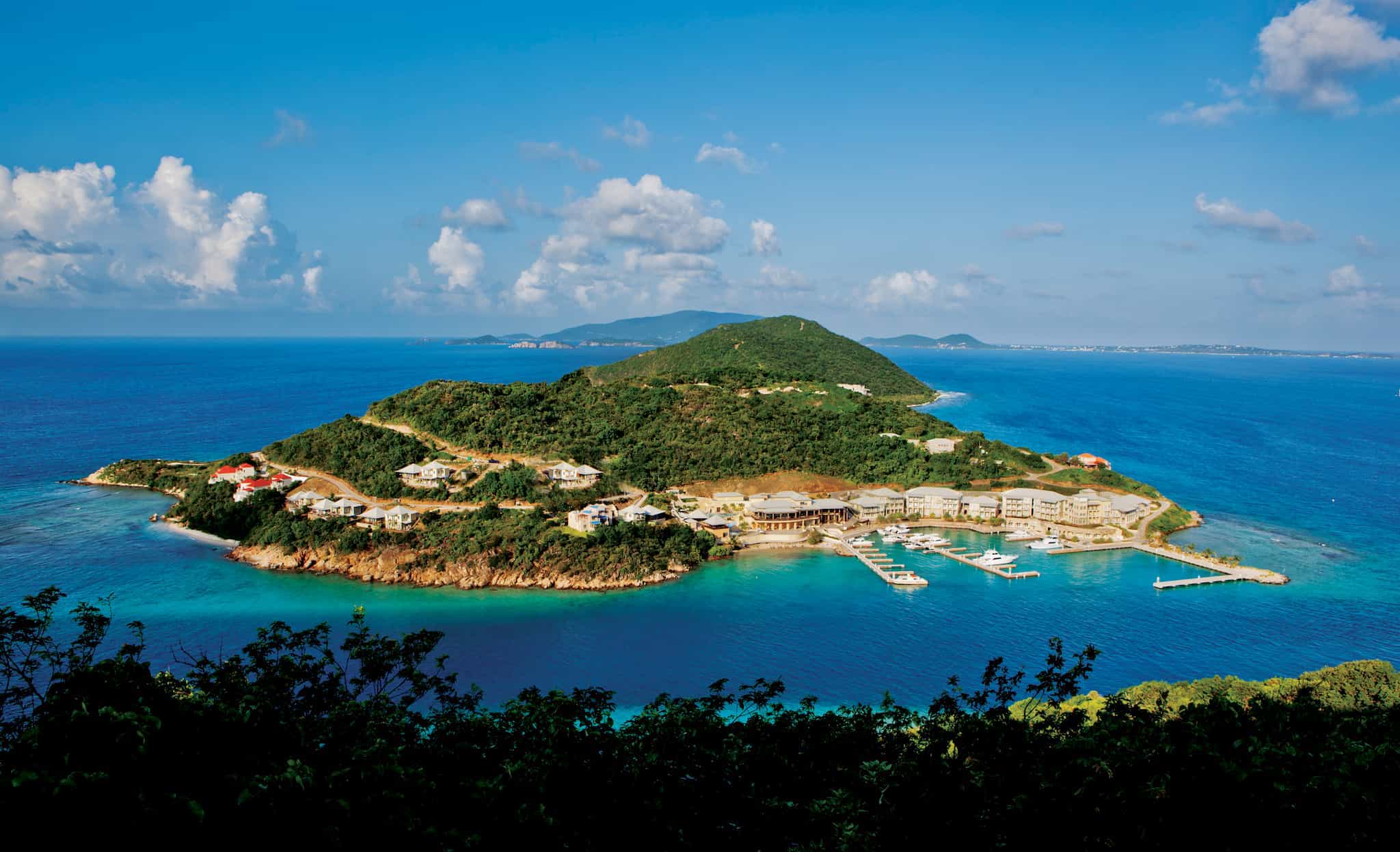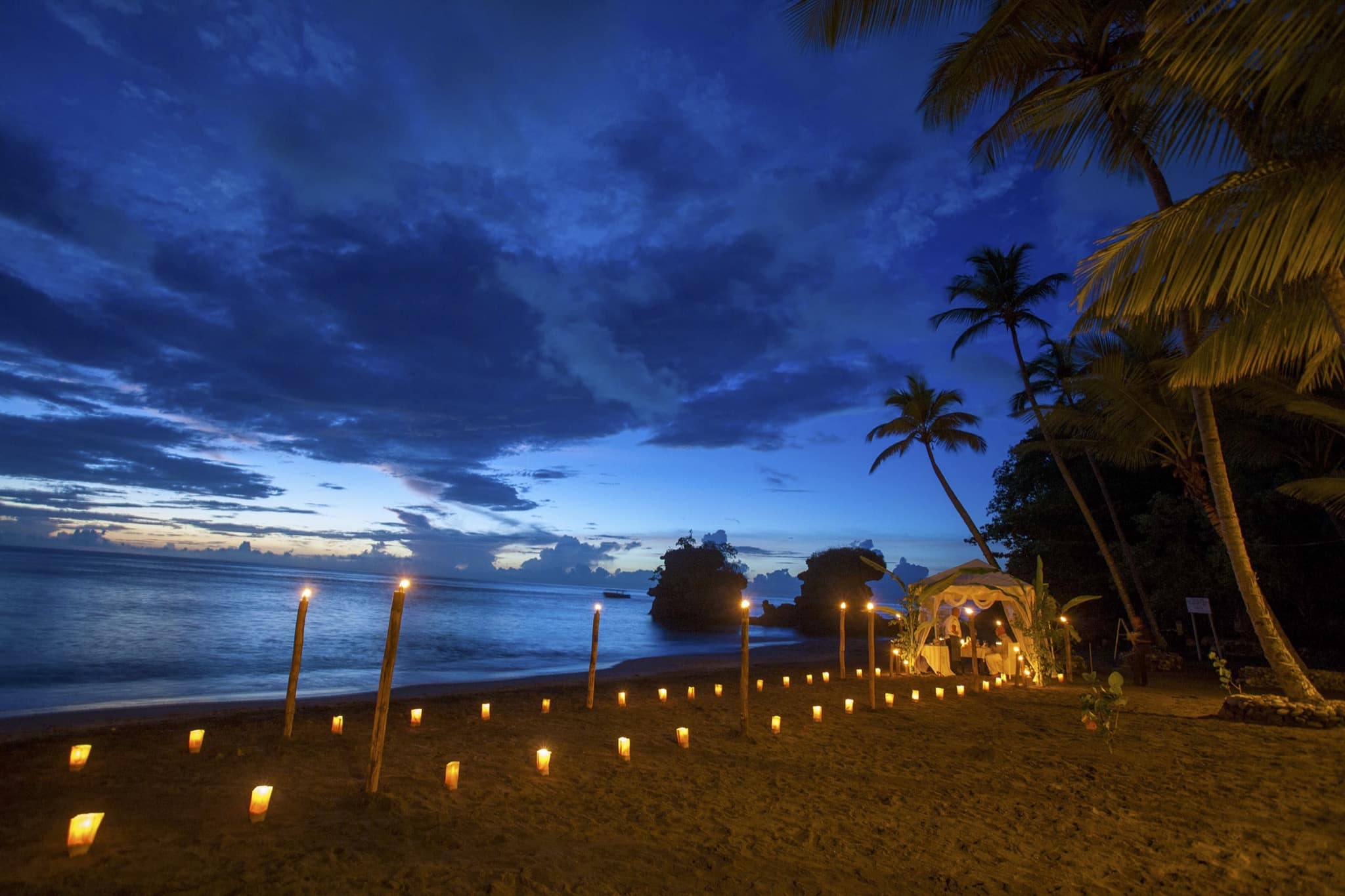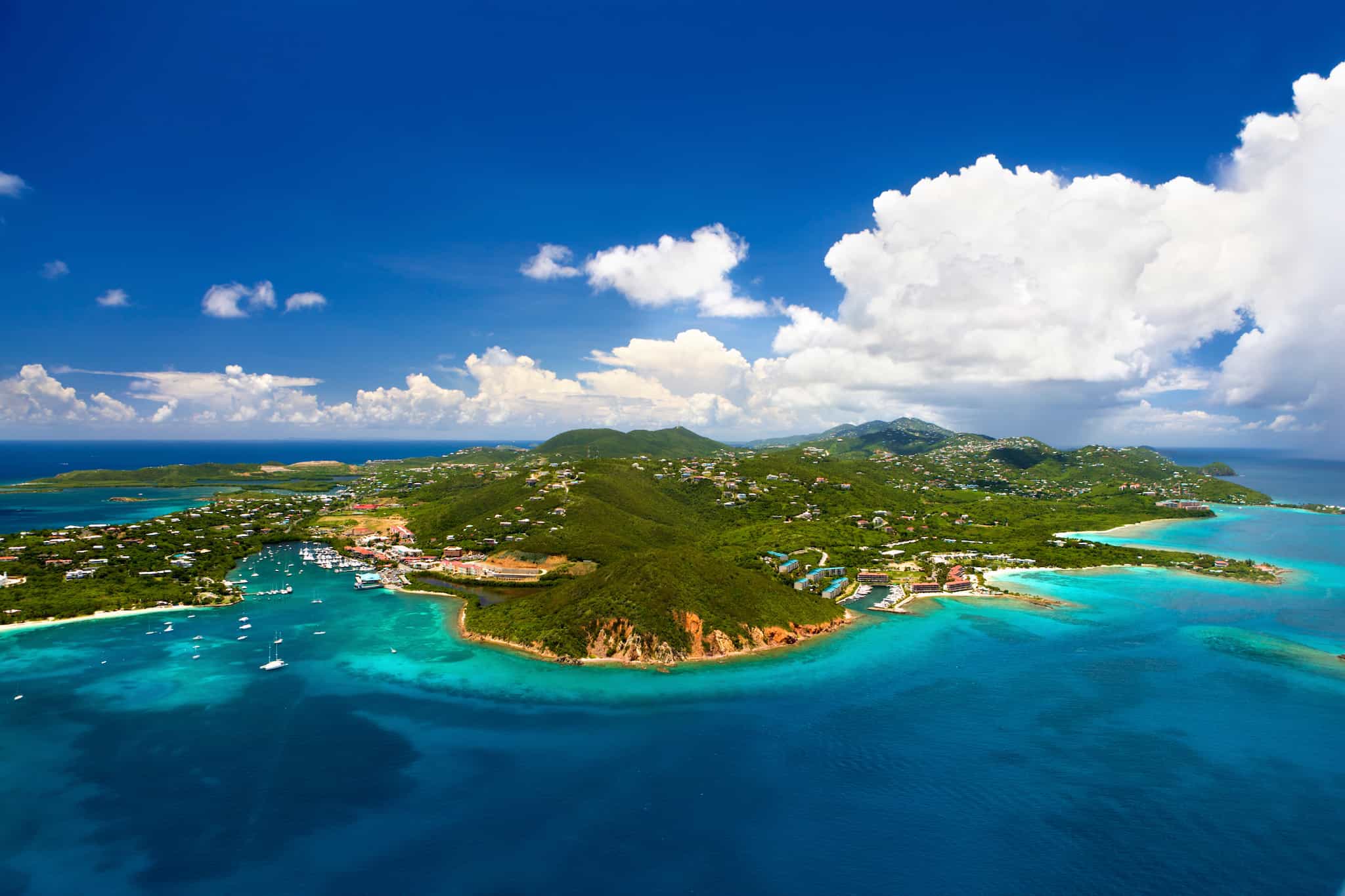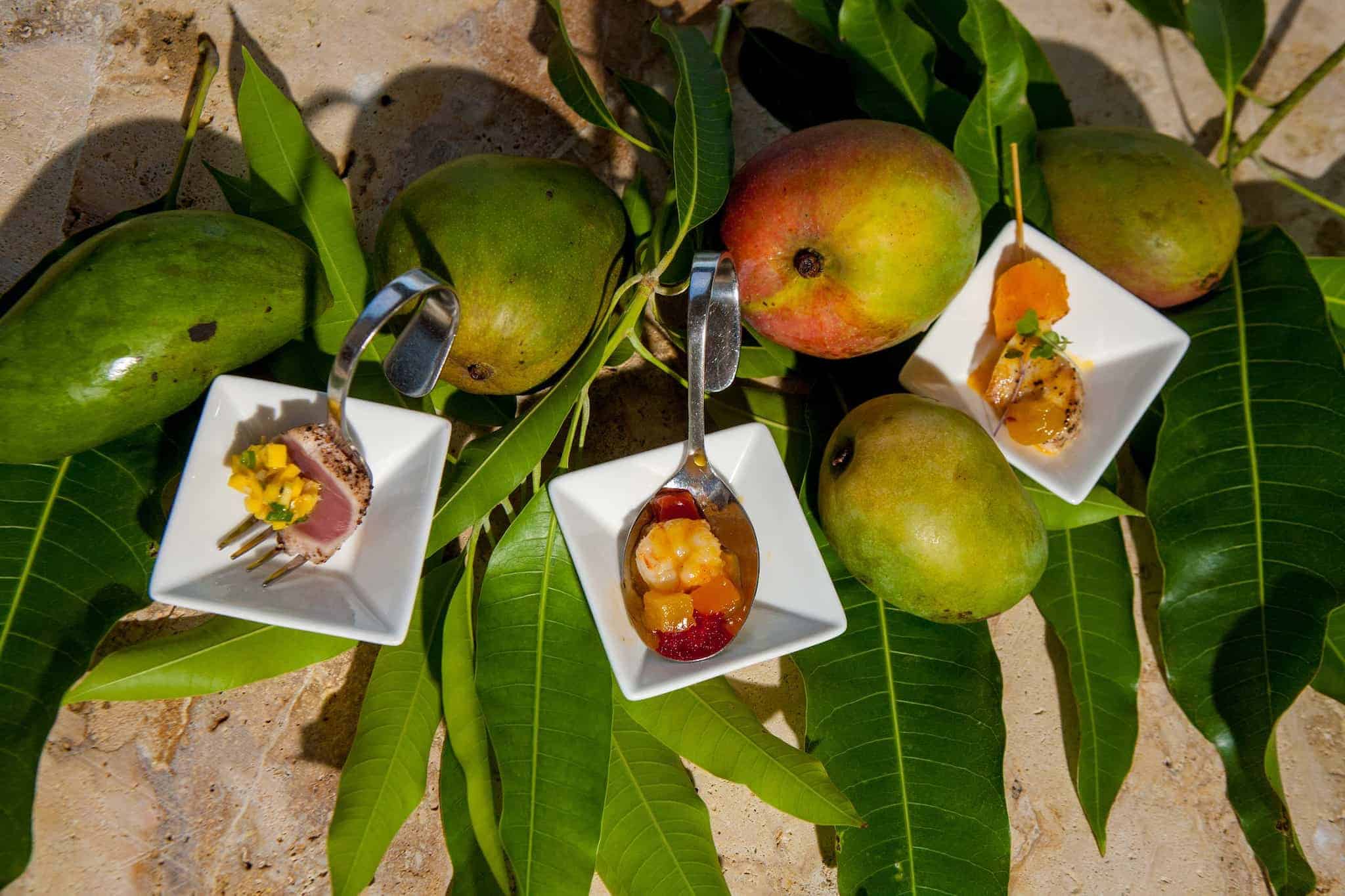Bob Marley’s plea for unity, “One Love,” was doubtless inspired by his own homeland. Because of its size-150 miles long by 50 wide-Jamaica is almost continental in its diversity. It has sinuous beaches that wind along the base of its North Shore hills, a mountain range that soars above 7,000 feet, a broad plain pocked with caves, waterfalls, dense cities and nearly uninhabited rural districts. This landscape forged a multicultural national identity that embraces everyone from international entrepreneurs and musical artists who perform worldwide to Rastafarians who seldom interact with outsiders. For travelers, this Jamaica is no one-trick pony.
1 Musical Airs
Jamaica may be the Caribbean’s most musical island. It gave birth to ska, rocksteady and reggae, at least putting it on par with Cuba, the birthplace of salsa, son and cha-cha. Music is everywhere in Jamaica, and while the performers work in many styles, there’s a Jamaican way of making music that’s instantly identifiable. It’s the trademark of internationally appreciated artists, ranging from the various members of the Marley clan to Beenie Man, Buju Banton, Bounty Killer, Peter Tosh, Bunny Wailer, Jimmy Cliff… it’s a long list. Whether it’s a Rasta with a guitar down by the beach or tuning up in a Montego Bay nightclub with a dancehall deejay, this is the fountainhead of a sound that has found fans around the world.
2 Historic Proportions
The Arawak Amerindians named the island Xaymaca, the land of wood and water. The towering trees, rivers and waterfalls must have been a revelation to these first arrivals from the low-lying sandy Windward Islands. Other than displacing the Arawaks, the Spanish did little to develop the island, and the British took it from them in 1655. The British established plantations and pirate havens—Port Royal was called the “Babylon of the West”—and the wealth generated by these enterprises built fine houses in Kingston and on plantations scattered along the coasts. Catch a glimpse of the grandeur at the 19th-century Devon House or the Institute of Jamaica in Kingston. See the grit at the museums of Port Royal, also in Kingston. Harmony Hall near Ocho Rios is a proper snapshot of the genteel country life and boasts an art museum to boot.
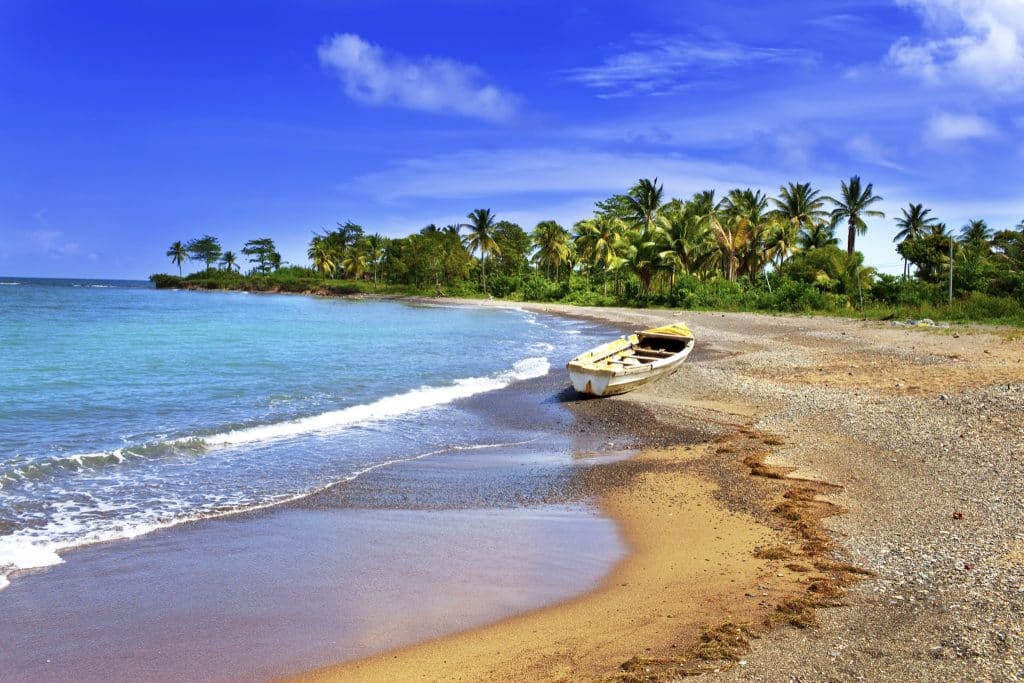
3 Live Like the Other Half
For British artists and aristocrats the North Coast was a hedonistic playground where they could cavort, uninhibited by London’s moralizing majority. The playwright, Noel Coward, built his vacation home, Firefly, on a cliff once used by the pirate Capt. Henry Morgan as a lookout. Swashbuckling actor Errol Flynn, who earned himself the nickname Tasmanian Devil, bought Navy Island in Port Antonio and spent years there dodging a statutory rape charge pending in Hollywood. You can tour Firefly and James Bond author Ian Fleming’s Goldeneye estate in Orcabessa, which is now a luxury resort.
4 Rum Running
Sugarcane was one of the main crops of the big plantations. What do you do with a ton of sugarcane? Obviously, you crush and ferment it, then cook up some rum. Jamaica was the official supplier of the spirit to the Royal Navy until the service’s daily rum rations were discontinued in 1970. You’ll find the island’s best at any bar or restaurant, or you can go to the source and visit the distilleries. Myers’s and Appleton Estate are the leading export brands, producing superbly blended spirits aged up to 30 years.
5 Rock and Roll, Hoochie Koo
They may be younger and their antics more outrageous, but the rock ’n’ roll generation has also found Jamaica the perfect foil for their wild side. There’s a pervasive hipness at places like the Rockhouse hotel in Negril and Jakes resort in Treasure Beach; whether those vibes are left behind by Mick Jagger and Bob Marley or just an innate sense of boho chic, you can feel fabulous without even bothering to put on a shirt and shoes.
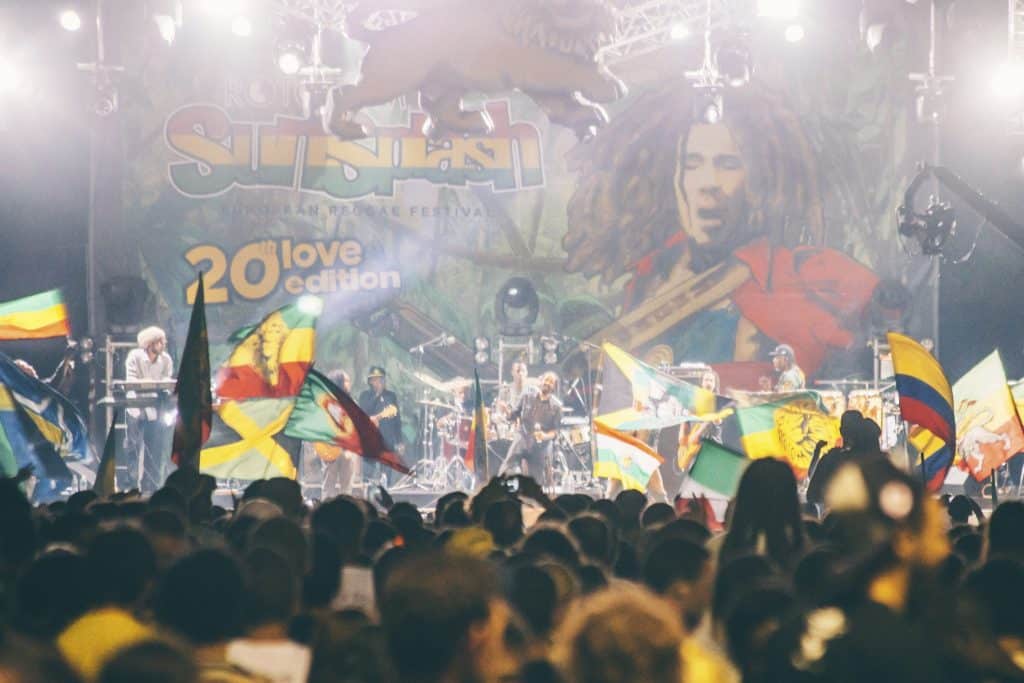
6 You’ll Love the Jerks
Jerk cooking has spread almost as widely as reggae. Meat seasoned with allspice, Scotch bonnet peppers, cloves, cinnamon and a few other spices, was originally smoked in a pit to preserve it. These days, jerk is generally grilled over a wood fire, often in an oil drum. As good as jerk pork, chicken or goat is, that’s only a part of the story. Jamaican cuisine has many other ingredients: peas ’n’ rice (pigeon peas and rice), bammy (cassava bread), patties (meat turnovers), curry goat and the national dish, salt cod and ackee.
7 Land Lovers
Jamaica has a bit of everything iconic about the Caribbean: mountain peaks, broad sandy beaches, rocky seaside cliffs, rolling coastal plains, lazy rivers, waterfalls, mangrove coasts, vast swamps and lush valleys. Much of it is cloaked in visually searing highway-sign-green foliage punctuated by bursts of bougainvillea, fuchsia, ginger and orchids. On the shoulders of Blue Mountain Peak sits a cloud forest thick with towering palm tree-size ferns richly furred with bromeliads. That gives way to an elfin forest of miniature, wizened plants as you climb. On a clear day you can see Cuba, 90 miles away, from the 7,400-foot peak; at night, the lights of Kingston twinkle just below.
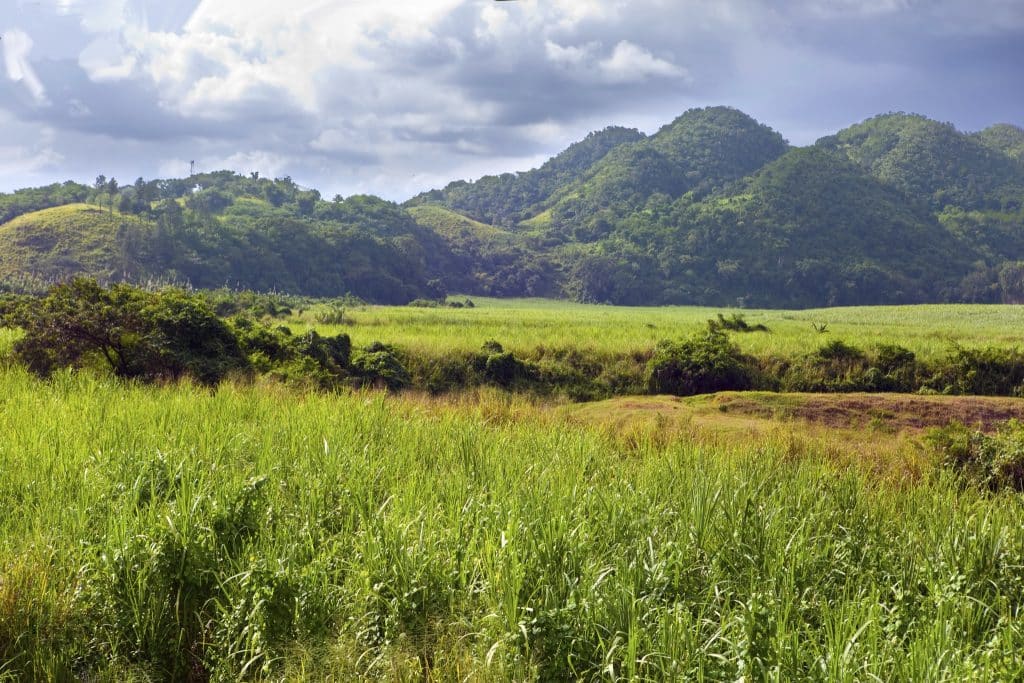
8 Adrenalized
With all of that landscape to play in, there’s no lack of ways to get an activity buzz. Without leaving most resorts you can try windsurfing or any number of water toys. You can cross the forest canopy on a zip line, hunt for saltwater crocs, dive, hike, bike, climb and ride ATVs, horses or camels. Sports operators are everywhere; just ask at your hotel tour desk.
9 Beached
If you just want some sand to lie on, there are plenty of stretches from which to choose. You’ll have no difficulty finding the spots popular with visitors, but if you’re a little adventurous, there are many less obvious choices to be discovered. Boston Beach near Port Antonio is famous for its jerk stands; nearby Winnifred Beach is popular with locals; Cosmos Beach is near Negril’s Seven Mile Beach but gets far less traffic; same with Cornwall Beach near Montego Bay which is often nearly deserted when the adjacent (and popular) Doctor’s Cave Beach is packed. Farther along the North Shore in Orcabessa is small but scenic James Bond Beach, where scenes from the 1962 Bond flick Dr. No were filmed.
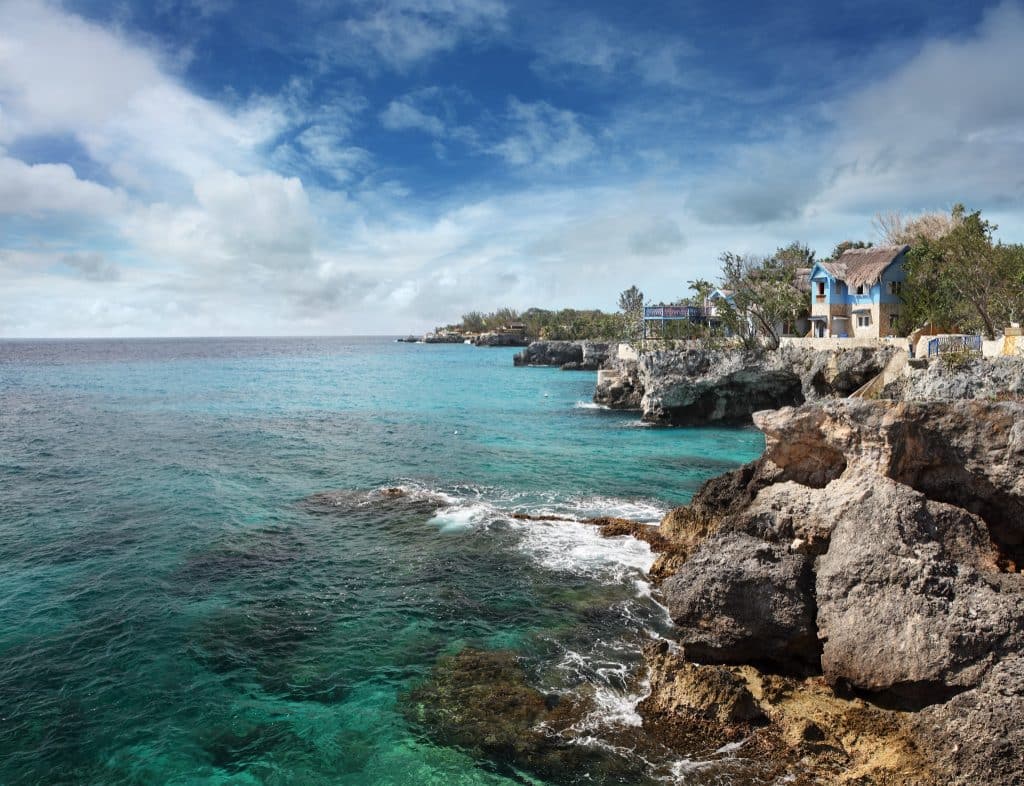
10 Dollar Wise
While it’s possible to spend as much in Jamaica as anywhere else in the Caribbean, it’s also possible to spend far less. The island has the full range of guest houses, hotels and resorts. You can rent a basic beach cabin in Negril for less than $50 a night and work your way up to a room with a butler at a beachfront resort or on to a million-dollar private villa. In the middle, scores of resorts and budget-stretching all-inclusive properties let you go Jamaican your way.

